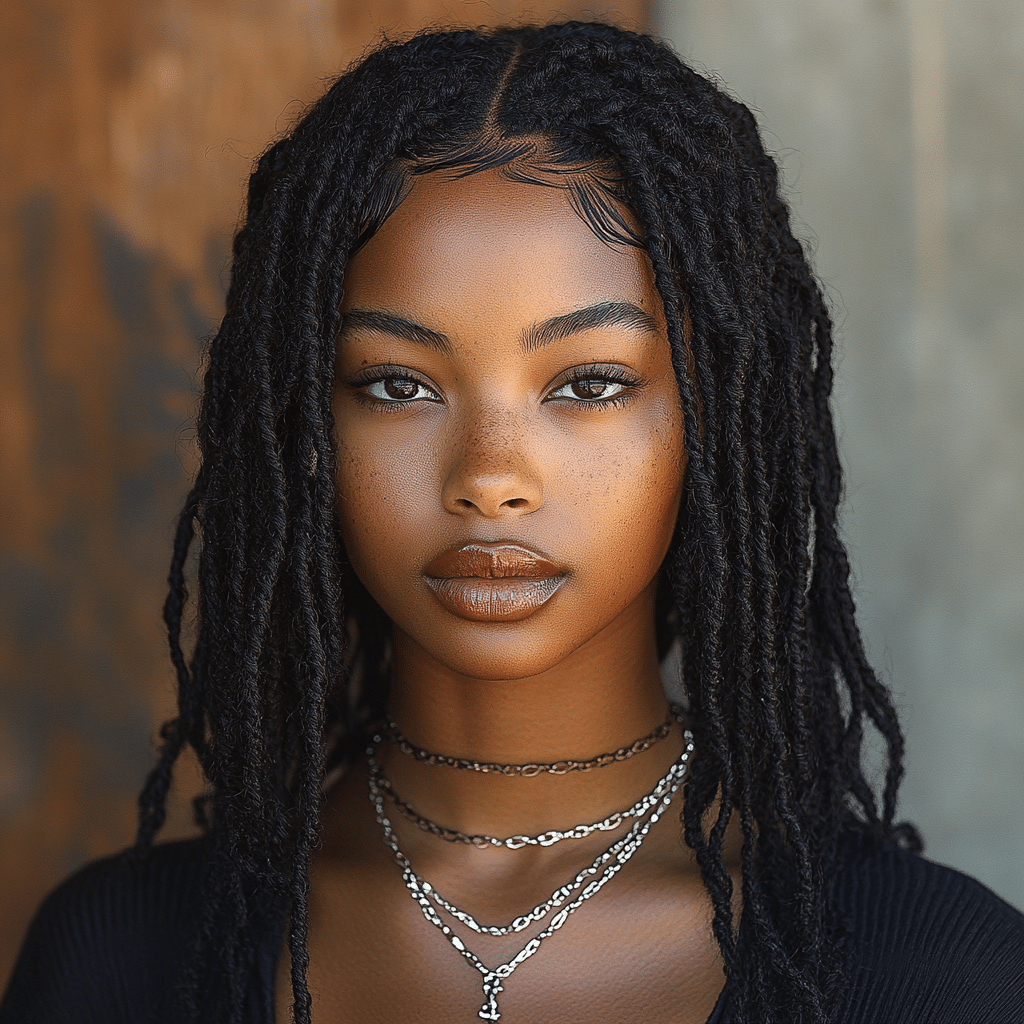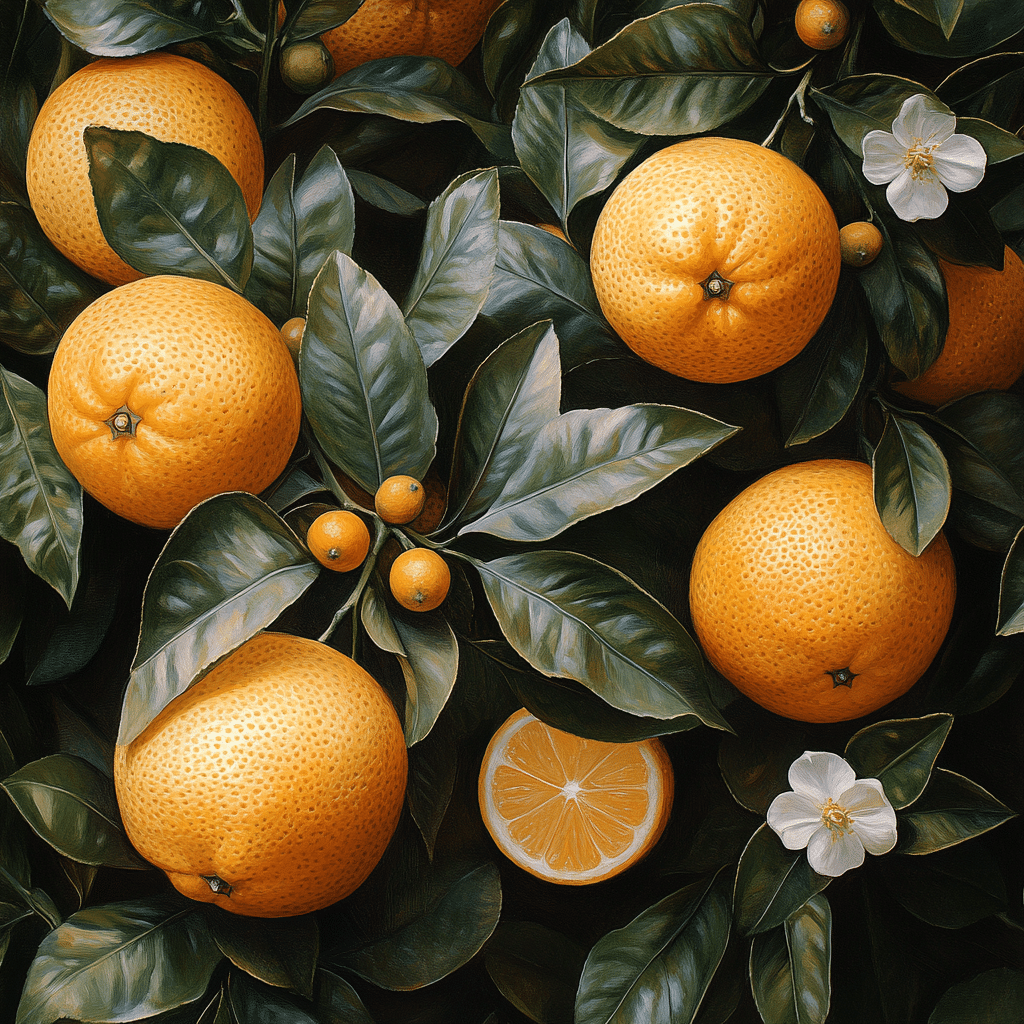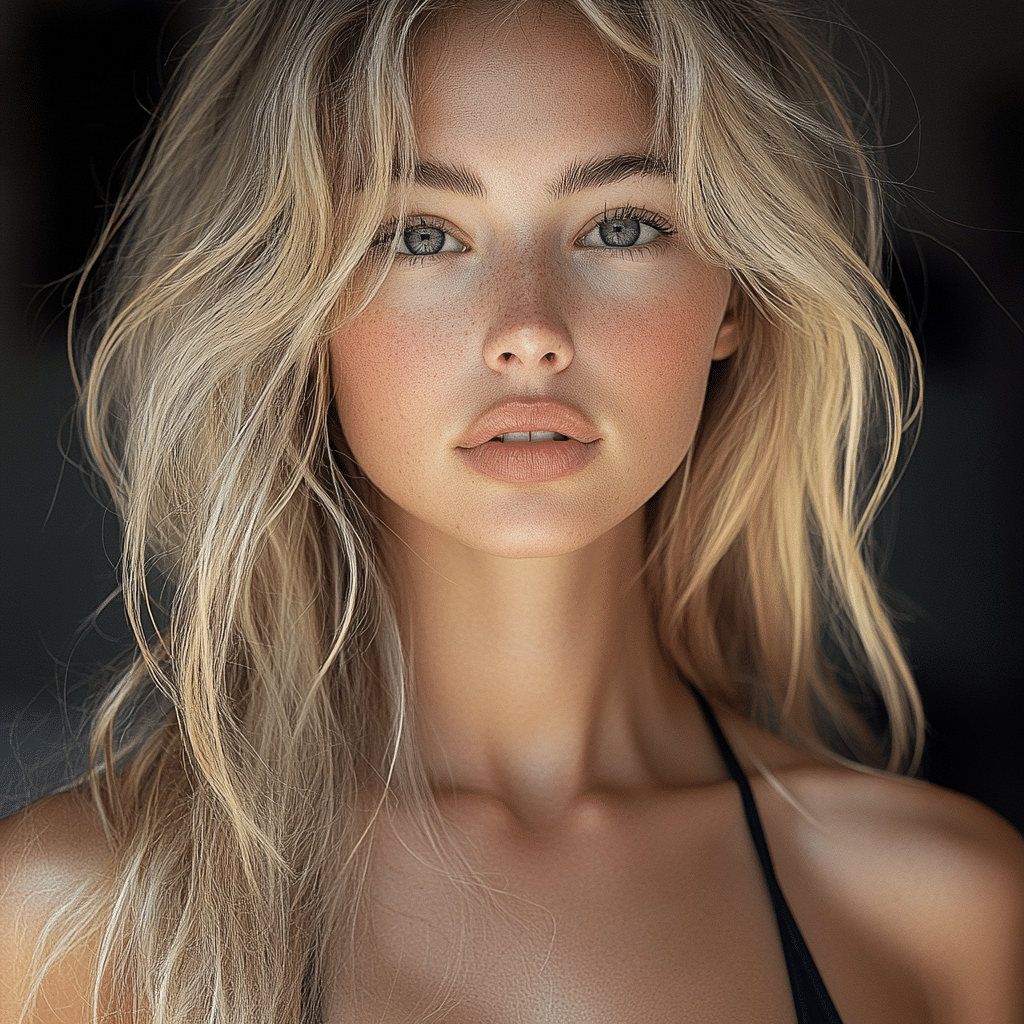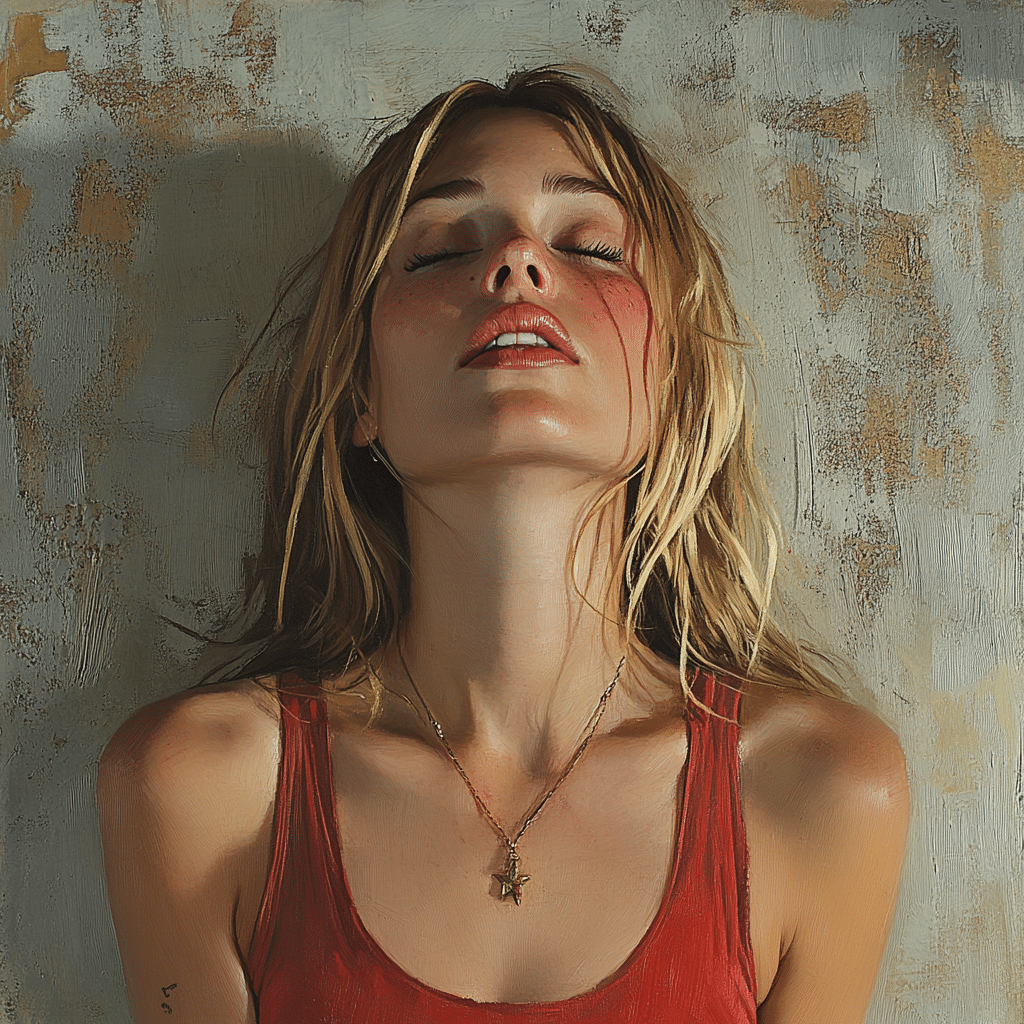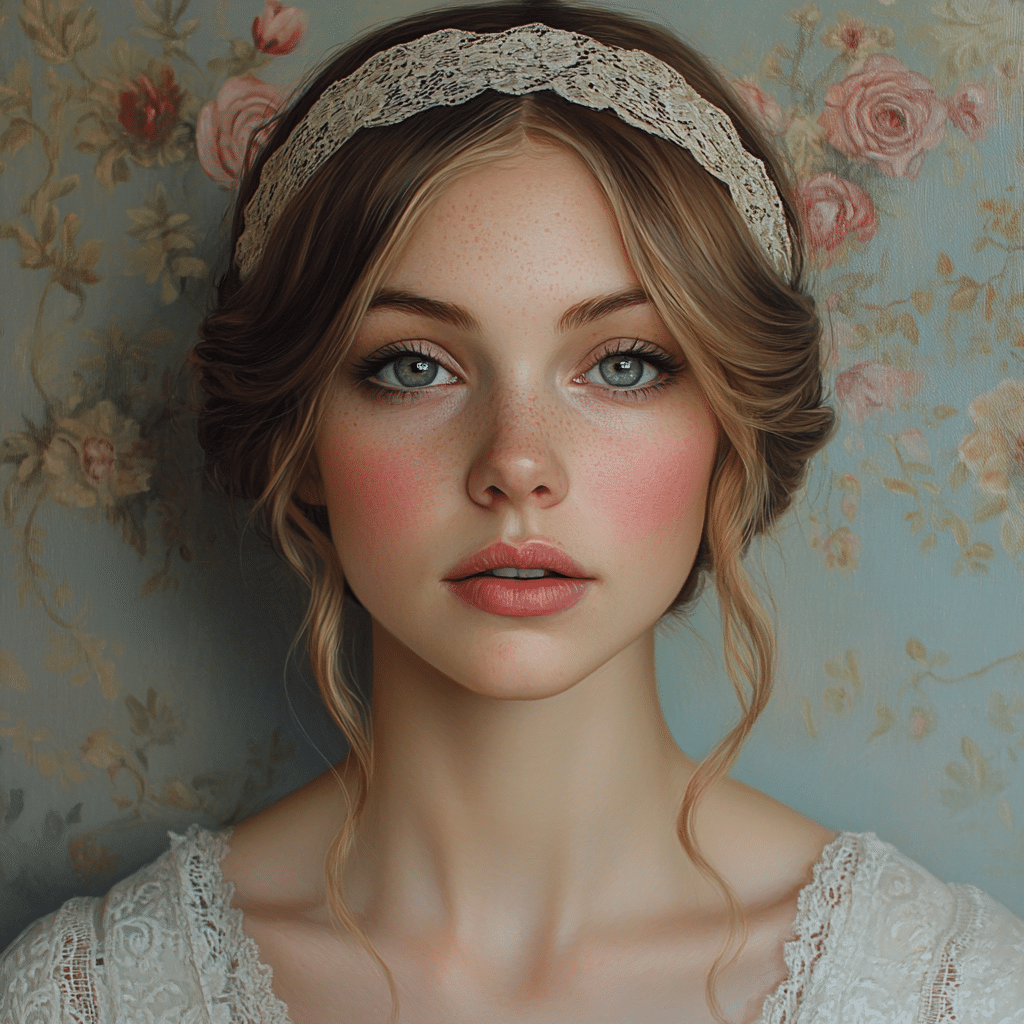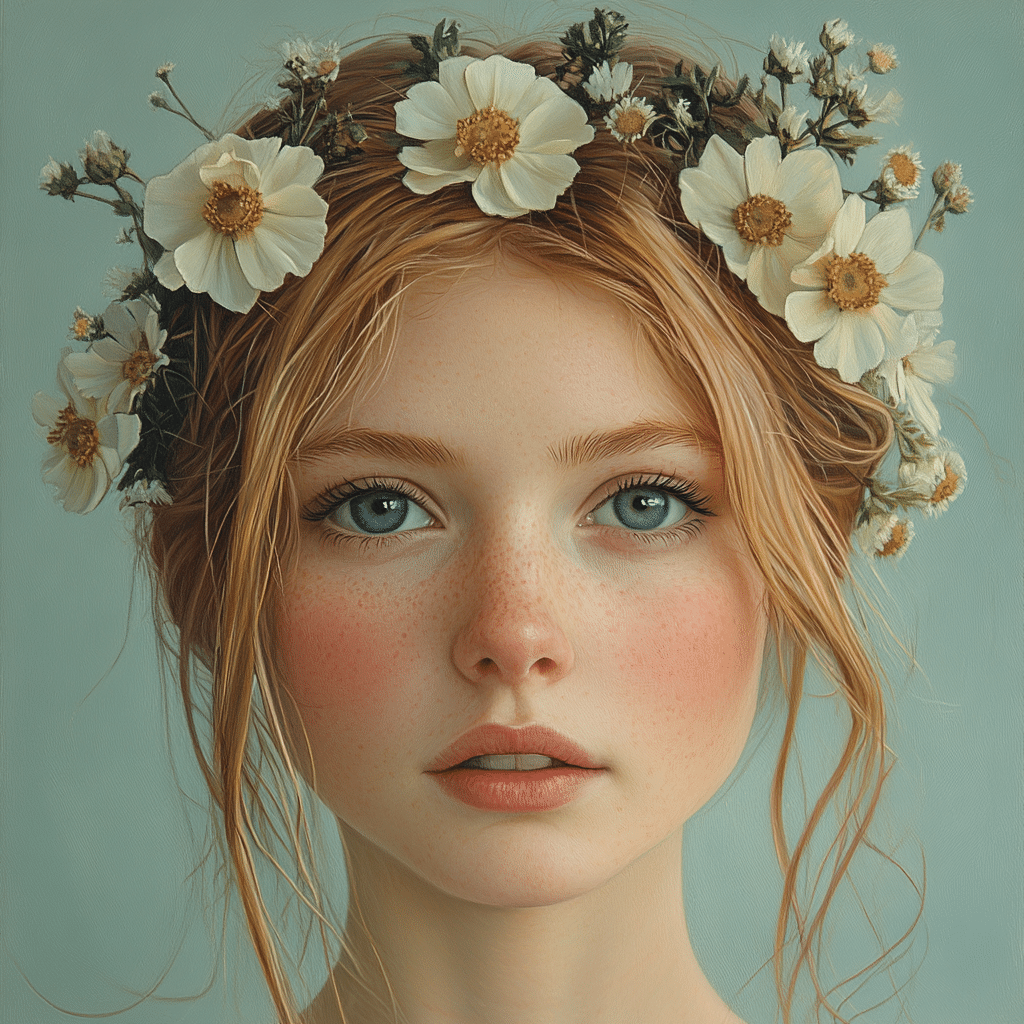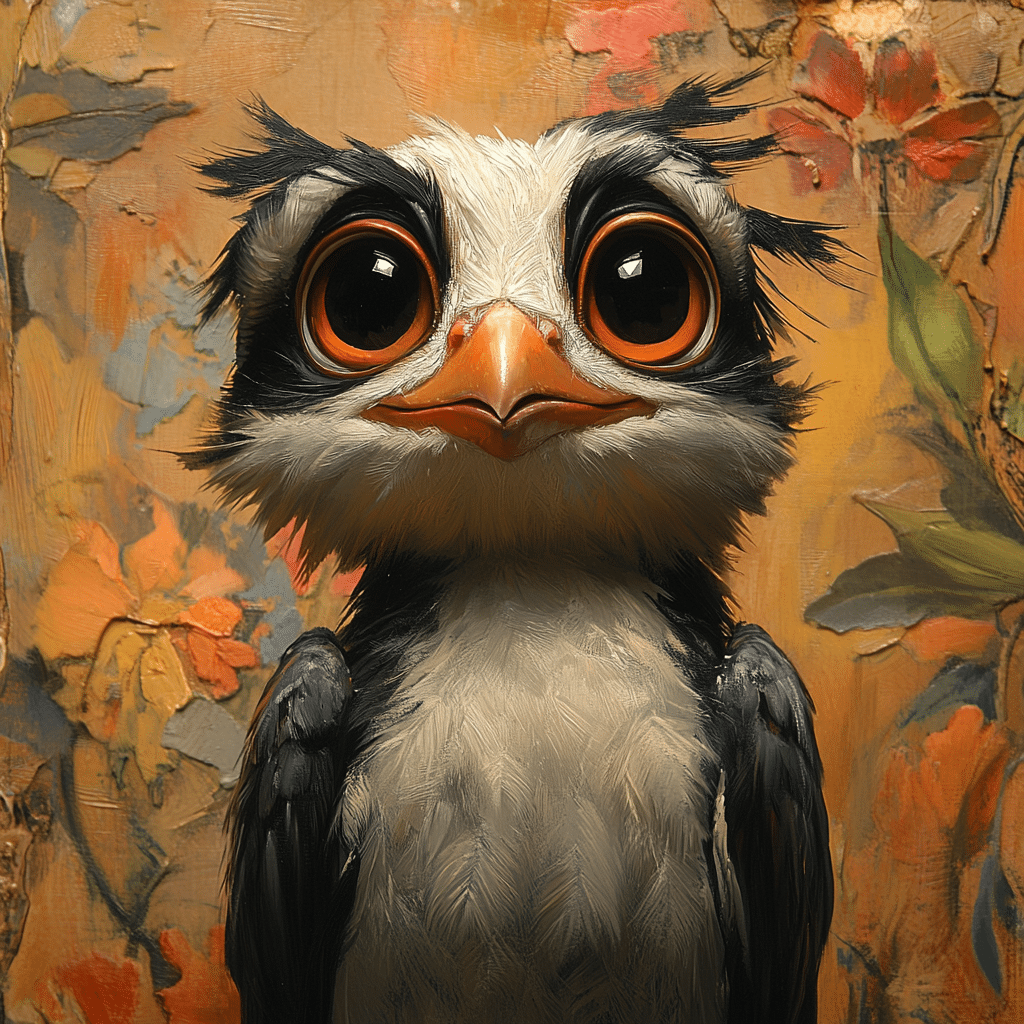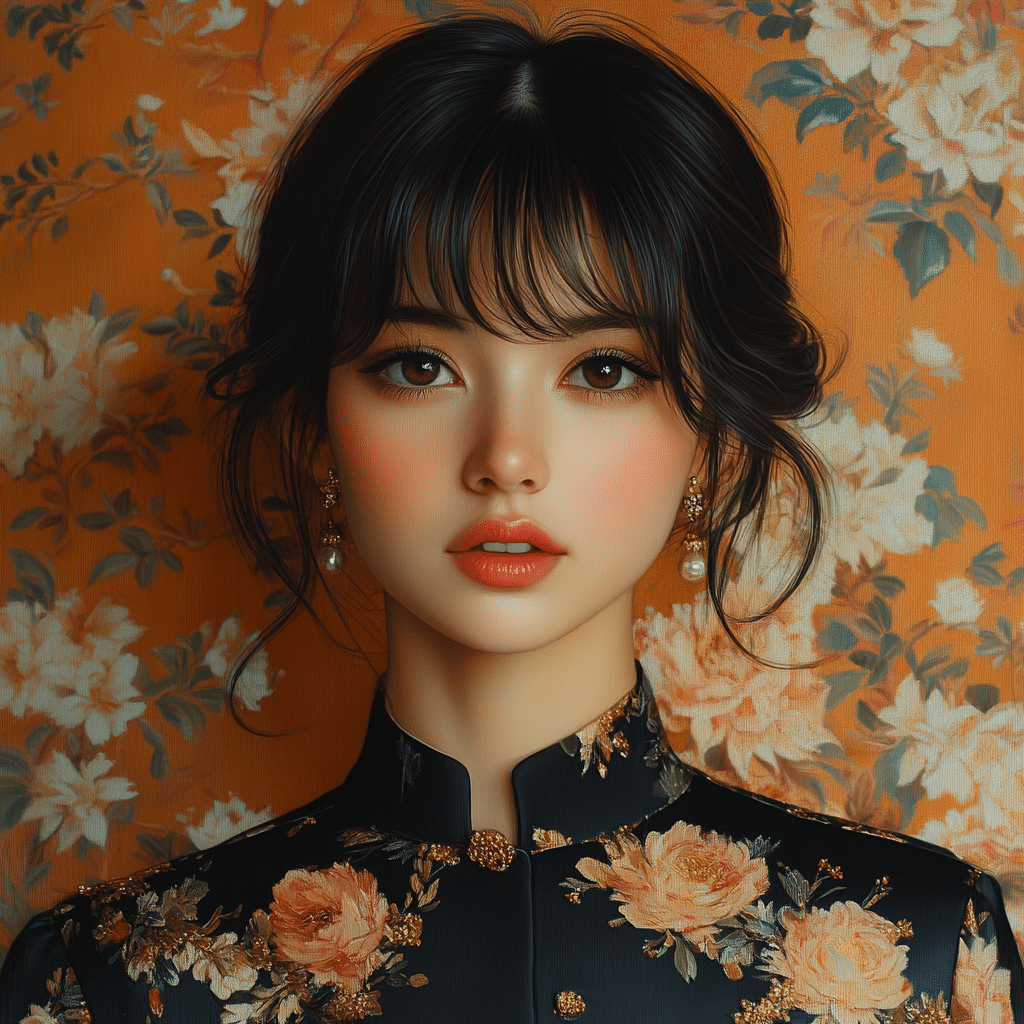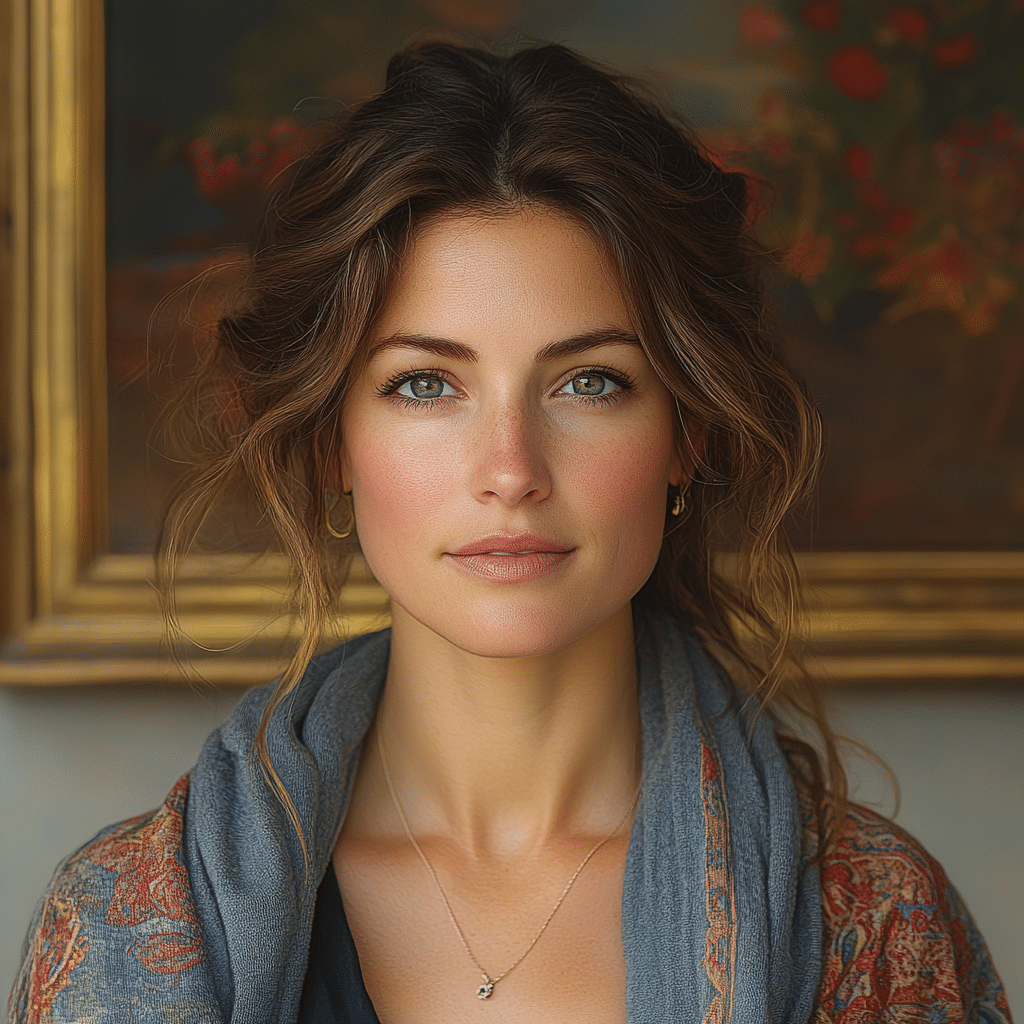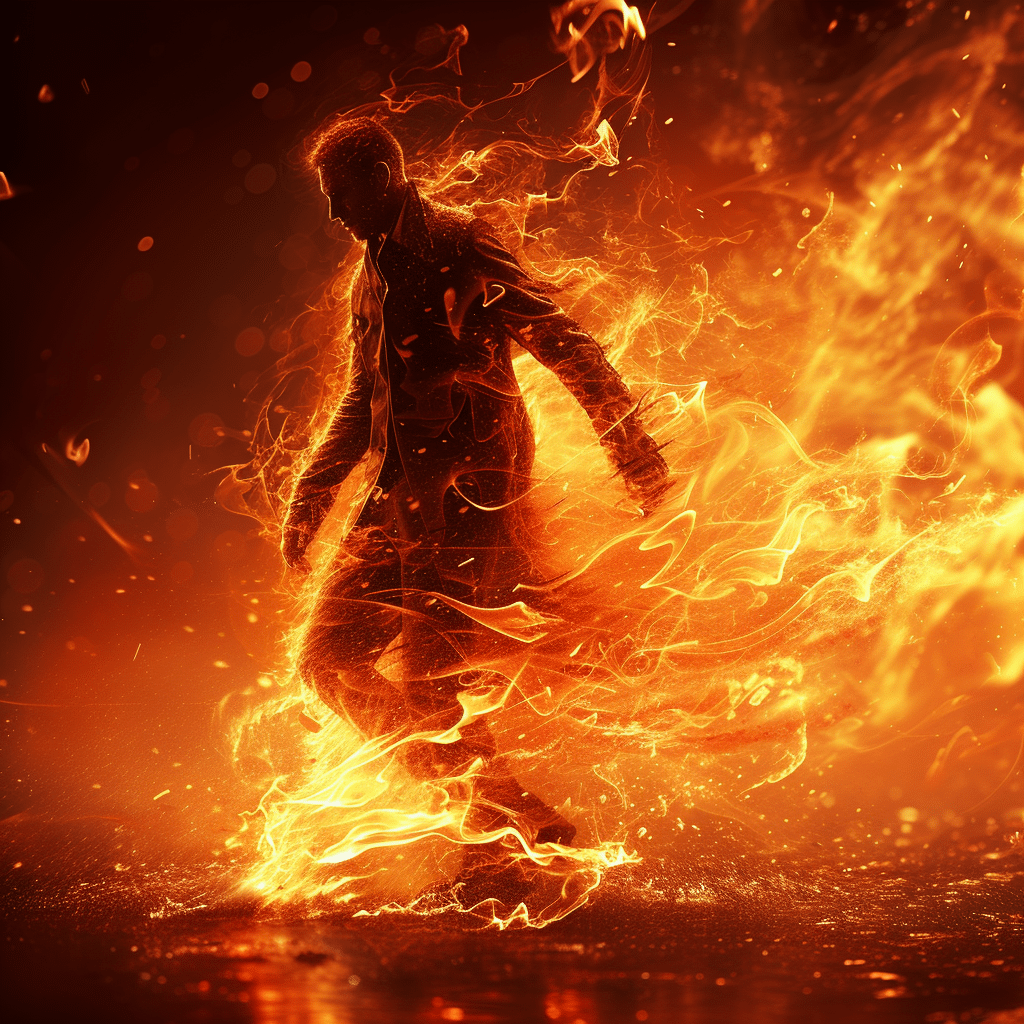Sunset drawing is more than just putting some colors on paper; it’s about capturing the essence of a moment that many of us find breathtaking. The warm hues of red, orange, and purple cascading across the sky invite artists to play with contrasts and emotions. In this article, we’ll delve deep into sunset drawing techniques that promise to enhance your artistry, making your work not only visually stunning but emotionally engaging. Whether you’re just dipping your toes into art or ready to refine your skills, these insights will empower you to transform fleeting moments into artwork that resonates.
Mastering Sunset Drawing: Techniques for Stunning Artwork

1. Color Theory in Sunset Drawing
Grasping color theory is the backbone of any successful sunset drawing. Understanding how colors interact is key to achieving that mesmerizing effect. For example, warm oranges and yellows can be beautifully paired with cooler blues and purples to create a sense of depth and vibrancy. Did you know that Claude Monet, a pioneer of impressionism, relied heavily on this principle? His ability to merge colors effectively allowed landscapes to radiate with warmth, teaching aspiring artists to let their palettes sing.
To make your sunset drawing pop, look at the color wheel. Pairing complementary colors not only grabs attention but also evokes emotional responses from viewers. When you create contrast, you set the stage for your audience to feel the warmth of the setting sun or the coolness of the coming night.
2. Layering Techniques for Realistic Effects
Layering is a game-changer in sunset drawing, providing that gradual transition that brings your piece to life. It’s about applying colors in washes, allowing them to blend seamlessly. For instance, a light wash of peach can gradually evolve into deep crimson with some careful layering of pastels or watercolors. Check out tutorials on platforms like Craftsy for expert guidance on these layering techniques.
As you practice layering, remember that building layers can yield incredible depth. Start with the lightest colors and slowly build up those darker tones. This method mirrors the sky you’re trying to capture, transitioning from the brightness of the sun down to a deeper, duskier palette, creating a natural progression that invites the eye to explore your art.
3. Utilizing Different Mediums: A Comparative Approach
Experimenting with various mediums can significantly impact your sunset drawing’s aesthetics. Let’s break down three popular options:
Exploring these mediums will not only refine your techniques but also challenge your creativity. Choose one or blend them for a stunning mix, and watch your sunset compositions evolve.
4. Emphasizing Composition in Sunset Drawings
The composition of your sunset drawing is pivotal to how viewers engage with your work. One popular technique is the rule of thirds. Positioning the horizon line in the upper or lower third of your canvas naturally draws attention to either the sky or the land below. This simple shift can dramatically enhance the impact of your piece.
Another compelling approach is incorporating silhouettes—think trees or buildings. These elements create contrast against the colorful sky, telling a brief story within your artwork. Artists like Edward Hopper excelled at using light and shadow in their compositions, teaching us the importance of aspects that go beyond color.
Feeling stuck? Analyze classic works or modern Instagram posts by talented artists. Find inspiration through the lens of composition, and let their techniques spark your creativity!
5. Incorporating Ocean Elements: Sunset Over Water
If you’re drawn to capturing sunsets reflecting on water, understanding how light interacts with surfaces is crucial. The sparkly shimmer of the ocean during sunset can add an extra layer of complexity to your drawings. J.M.W. Turner is legendary for capturing this interplay of light and water, paving the way for artists to replicate those glistening effects.
For those tempting to render these reflections, try wet-on-wet techniques in watercolors or focused strokes in oil. Mimicking those gentle glimmers of sunlight on ocean waves can elevate your sunset drawing into something extraordinary. Use varied brush strokes and mixing techniques to express the dynamic movement of water, making your artwork come alive.
6. Capturing Emotion: Evoking Dream Moods
Sunsets naturally evoke emotions and moods—ranging from serene tranquility to vibrant joy. Using color can convey these feelings powerfully. For instance, a palette of deep reds and soft pinks can evoke warmth and nostalgia, while blues and purples might inspire calmness or contemplation.
Experiment with exaggerated colors or abstract forms in your sunset drawing to pull viewers into the emotional experience. Artists like Georgia O’Keeffe went beyond realism, turning sunsets into landscapes that exude life and energy. This approach invites others to explore their reactions and feelings towards your scene.
As you dig deeper into your art, consider what mood you wish to evoke. Plan accordingly and watch how your audience connects with your emotion-infused sunset drawings.
7. Finding Inspiration in Nature and Culture
Inspiration can come from a plethora of sources, from cultural icons to nature’s beauty. Local beach sunsets can be profound; think of the stunning attributes of locations like Santorini or the Grand Canyon. Exploring these places, even if through photographs, can generate ideas and provide visual stimulation.
Coffee table books are superb resources for stunning sunset photography too! They serve as visual cues and might spark concepts that translate to your drawings. Furthermore, joining art communities on platforms like Instagram or Behance allows you to share your work and draw motivation from fellow creators.
Cultivating a network of inspiring artists keeps the creative juices flowing and can lead to newfound techniques or styles that culminate in breathtaking sunset drawings.

Bringing Your Sunset Drawings to Life
By mastering these sunset drawing techniques, you have an arsenal of skills to create breathtaking pieces that engage viewers visually and emotionally. Whether it’s through oil pastels, layered watercolors, or the realm of digital mediums, the opportunities are boundless. The sheer beauty of a sunset is a reminder of fleeting moments worth capturing—so pick up your materials, embrace your creativity, and transform those moments into timeless art. Remember, every sunset tells a story waiting to be illustrated by your unique brushstrokes and colors!
As you embark on your journey of sunset drawing, take inspiration from the beauty around you. Don’t just strive for perfection; reach for that emotional resonance that makes every piece of art deeply personal. Happy drawing!
Sunset Drawing: Capturing the Beauty of the Skies
The Fascinating Science of Sunsets
Did you know that sunsets are painted in a variety of colors due to Rayleigh scattering? As sunlight passes through the atmosphere, shorter blue wavelengths scatter out, leaving behind reds, oranges, and yellows. This is why artists see such a dazzling palette during sunset drawing sessions! When you pick up your sketchbook, remember to think about how each stroke can mimic this beautiful light show. If you’re looking for a little creative boost, take inspiration from art forms that use color in unexpected ways, much like how a dammit doll can help relieve stress while you draw.
Techniques for Authenticity
When depicting sunsets, incorporating elements like silhouettes can ground your artwork in realism and emotion. Try shading palm trees or distant mountains against those vibrant skies for a dramatic effect! Speaking of silhouettes, did you know that the trend of wearing black adidas has become popular not just in street style but also among artists who appreciate a minimalist vibe? Just like keeping it simple during those sunset drawing sessions can bring your artwork to life, embracing style can enhance your creative environment.
And don’t forget about layering your colors! Blending hues achieves that soft gradient effect, reminiscent of a passion twist hairstyle, which adds a playful touch. Whether adding clouds, birds, or just freely experimenting, layering allows your creative instinct to shine through. This can evoke emotional responses much like the photos from Beyoncé’s Renaissance tour, where stunning visuals create a lasting impression.
Beyond Technique: Emotional Engagement
Sunsets have an emotional resonance that can impact our art. They often symbolize endings or new beginnings, making them perfect subjects for introspective pieces. You might even find that working on a sunset drawing can illuminate your thoughts and feelings, letting you express deeper narratives in your art. Even the second skin trend reflects this idea of self-expression and embracing one’s own story, much like how every sunset can showcase different emotions.
So next time you sit down to capture that sinking sun, remember these fun facts and tips to enrich your experience. Whether you find yourself doodling while sipping on a drink or contemplating your next piece, let the vibrancy of a sunset inspire your artistry. And as the sky changes, so will your work, echoing the spirit of the moment—perhaps just like the experience found in a stunning bella rose garden. With these insights at your fingertips, you’re all set to create breathtaking sunset drawings that will leave a lasting impression.

